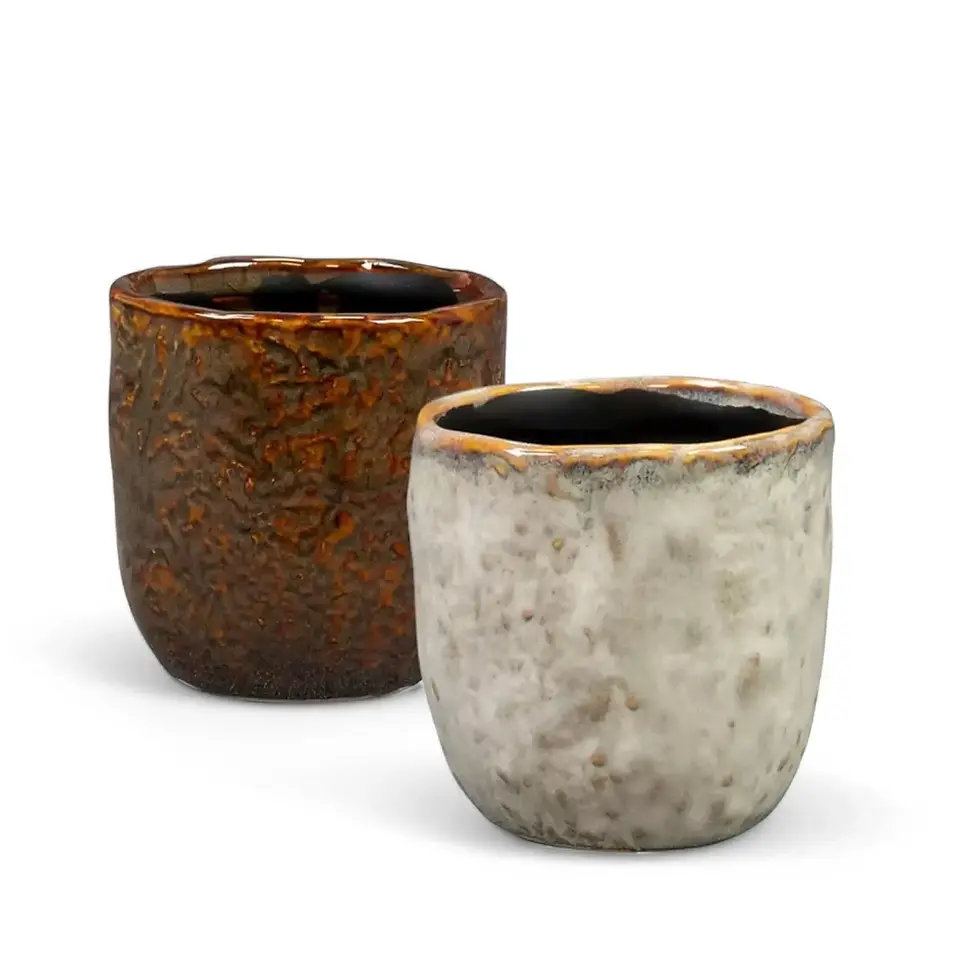Anthurium leuconeurum – Care Tips and Growing Info
Anthurium leuconeurum stands out with its velvety, dark green leaves and pronounced white veins that create a dramatic contrast. The foliage is narrowly ovate with deeply lobed bases and a distinctly elegant silhouette. Mature leaves can grow up to 38 cm long and nearly 30 cm wide, often held upright and slightly spread, forming a structured and sculptural display. With their bold texture and subtle sheen, the leaves of this Anthurium bring a unique depth to your plant shelf—especially when viewed from different angles under natural light. The plant’s architectural appearance makes it an eye-catching feature, especially for collectors who appreciate rare and botanical detail-rich species.
Foliage Traits and Visual Impact of Anthurium leuconeurum
- Leaf Texture: Velvety upper surface with a matte finish and softer, pale underside
- Leaf Shape: Narrowly ovate with pronounced basal lobes and an acuminate tip
- Size: Leaves reach up to 38 cm long and 29 cm wide in optimal indoor conditions
- Color Contrast: Deep green background with bright, pale vein network
Important Background Details about Anthurium leuconeurum
This species originates from the tropical forests of southern Mexico and Guatemala, where it thrives under dense canopy cover. In these regions, average annual temperatures range between 20 °C and 28 °C, with high humidity and consistent rainfall around 2000–3000 mm per year. The plant’s natural habit is terrestrial, with very short stems and internodes, often growing in leaf litter or mossy forest floors.
- Growth Habit: Upright to slightly spreading with persistent basal cataphylls
- Indoor Size: Can reach up to 90 cm in height and similar width
- Growth Speed: Moderate, with periods of slow but consistent new leaf emergence
- Toxicity: Toxic to pets and humans if ingested (contains calcium oxalate crystals)
Anthurium leuconeurum Maintenance Guide
- Placement: Bright, filtered light; no direct midday sun
- Lighting Needs: Medium to high indirect light for best growth
- Watering: Allow top 2–3 cm of substrate to dry out before watering again
- Humidity: Prefers 60% or higher; thrives in groupings or near humidifiers
- Temperature: Keep within 18–27 °C and avoid cold drafts
- Soil Mix: Loose, chunky mix (orchid bark, perlite, and coco coir)
- Repotting: Every 2–3 years or when roots outgrow the pot
- Fertilizing: Feed monthly with diluted, balanced houseplant fertilizer
- Propagation: Best done via division or by cuttings with aerial roots
- Hydroponics: Grows well in inert substrates like pon or semi-hydro systems
- Pruning: Remove old or damaged foliage to encourage healthy growth
Typical Problems and Fixes for Anthurium leuconeurum
- Spider Mites or Mealybugs: Wipe with neem oil or use insecticidal spray
- Yellowing Leaves: Usually due to overwatering or poor drainage
- Leaf Tip Browning: Often linked to low humidity or salt buildup
- Root Rot: Caused by soggy soil—repot in airy substrate and reduce watering
- Drooping Leaves: May signal underwatering or sudden temperature shifts
Extra Care Info for Anthurium leuconeurum
Support isn't usually needed thanks to its compact growth form, but mature specimens may benefit from a stake if leaves get top-heavy. Understanding the plant’s origins—dense, moist tropical habitats—helps you recreate the right conditions at home. The closer your setup mimics its native environment, the more robust and healthy your plant will become over time.
Name Origins and History of Anthurium leuconeurum
The genus name “Anthurium” comes from the Greek “anthos” (flower) and “oura” (tail), referring to the long, tail-like spadix. The species epithet “leuconeurum” refers to its pale or white leaf veins (“leuco” = white, “neurum” = veins). This species was first formally described by Charles Lemaire in 1862 and published in L’Illustration Horticole.
FAQs about Anthurium leuconeurum
- Does this plant bloom indoors?
Yes, although it’s primarily grown for foliage, it may occasionally produce green spathes and spadices with proper care. - Is Anthurium leuconeurum safe for terrariums?
Not ideal—its eventual size and need for airflow make it better suited to open pots or grow shelves. - How can I make the leaves larger?
Provide bright, consistent light, high humidity, and balanced nutrition. Leaf size increases with age and proper care.
Shop Anthurium leuconeurum now and bring rare texture and botanical elegance to your collection.
Anthurium leuconeurum
You will receive the plant in the pictures. If there are more options available, please select one to see the relevant plant pictures.
If you require Additional Informationrmation, details or photos of a particular plant, please don't hesitate to contact us, we are happy to help.
The first picture is always a representative picture.

























































